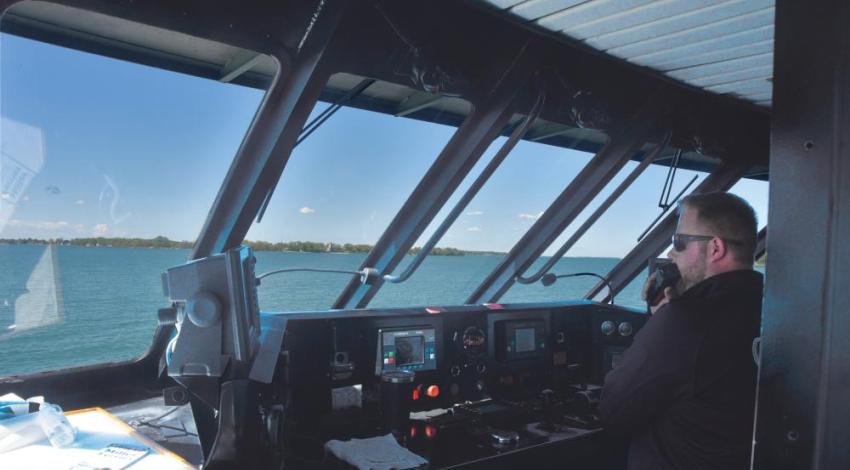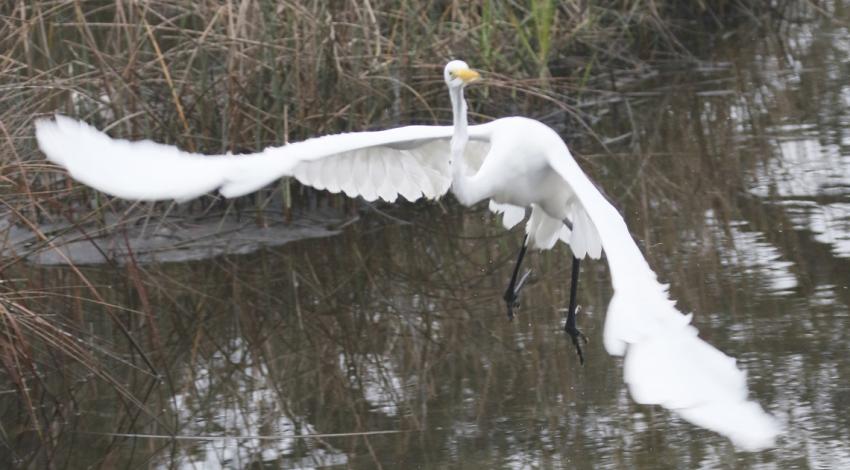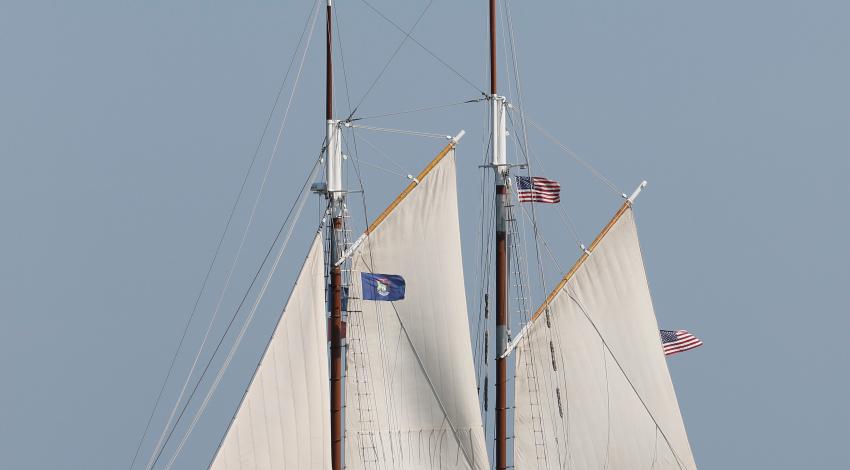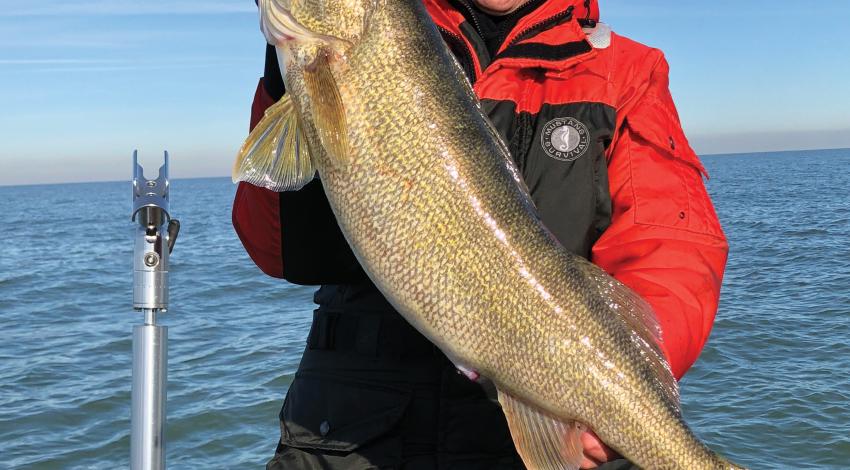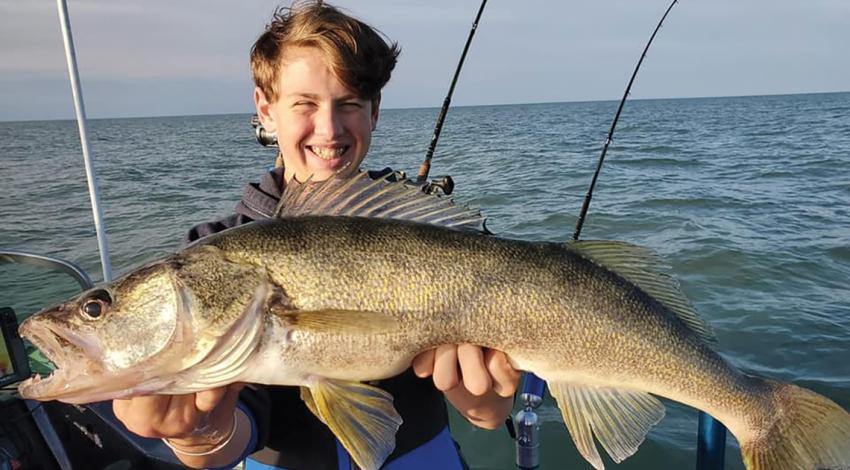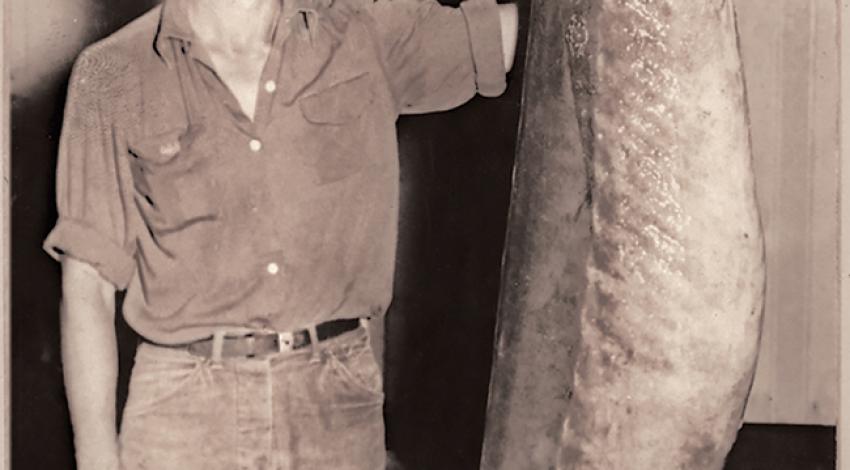Nearly a million people visit the tiny cluster of islands at the western end of Lake Erie each year, and most of them arrive by boat — specifically, on one of three ferry services that tote folks across the water from Port Clinton, Catawba, Sandusky, and Marblehead.
Ehrbar is one of a half-dozen full-time Kelleys captains, who, along with nine part-timers, keep the service’s five boats running from Marblehead to Kelleys Island nearly year-round. “In season, we’re running a boat every 30 minutes — we just raise the ramp and go,” Ehrbar says. “But in the off-season, we’ll give a couple minutes leeway here or there.”
